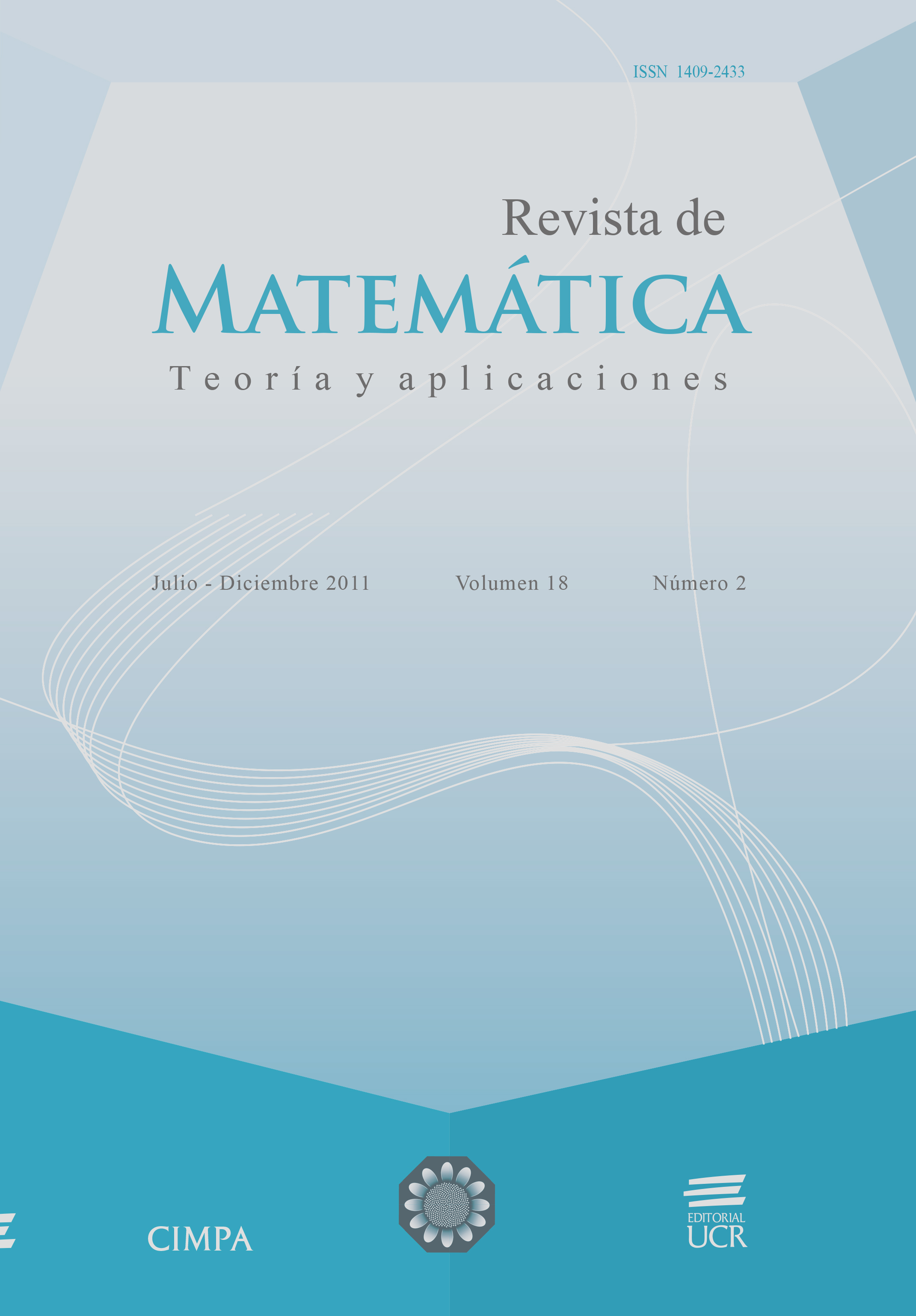Abstract
The purpose of this paper is to present a novel Hybrid Random Number Generator (HRNG). Here “hybrid” refers to the fact that to construct this generator it is necessary to use 1)physical components – texts – and a physical process, and 2) a mathematical procedure. This HRNG makes it possible to generate genuine random numbers which may be used both for computer simulation of probabilistic systems and in the field of cryptography. The results of a comparative study of the binary strings generated by this HRNG and of those generated by two highly used implementations of a congruential algorithm designed to generate pseudorandom numbers are given here. One of the latter is the implementation incorporated into the Java 2 platform (version 1.6), and the other is the implementation incorporated into the runtime library of Microsoft’s Visual C++ 2008 compiler.
References
Chaitin, G. J. (2001) Exploring Randomness. Springer, Berlin.
Kelsey, J.; Schneier, B.; Wagner, D.; Hall, C. (1998) “Cryptanalytic attacks on pseudorandom number Generators”, in: Fast Software Encryption, Fifth International Workshop Proceedings (March 1998). Springer, Berlin: 168–188.
Knuth, D. (1998) The Art of Computer Programming, Vol. 2: Seminumerical Algorithms. Addison-Wesley, Reading, MA.
Li, M.; Vitanyi, P. (1997) An Introduction to Kolmogorov Complexity and Its Applications. Springer, Berlin.
Marsaglia, G.; Tsang, W. (2002) “Some difficult-to-pass tests of randomness”, Journal of Statistical Software 7(3).
Menezes, A; van Oorschot, P.; Vanstone, S. (1996) Handbook of Applied Cryptography. CRC Press, New York.
National Institute of Standards and Technology (2002) A Statistical Test Suite for Random and Pseudorandom Number Generators, Gaithersburg, Maryland.
Pincus, S.; Singer, B. H. (1996) “Randomness and degrees of irregularity”, Proceedings of the National Academy of Sciences of the United States of America 93: 2083–2088.
RAND Corporation (2002) A Million Random Digits with 100,000 Normal Deviates. American Book Publishers, Salt Lake City, Utah.
Skliar, O.; Monge, R. E.; Oviedo, G.; Medina, V. (2009) “Indices of regularity and indices of randomness for m-ary strings”, Revista de Matemática: Teoría y Aplicaciones 16(1): 43–59.
Sun Microsystems (2003) “Random”, Java 2 Platform, Standard Edition, URL: http://java.sun.com/j2se/1.4.2/docs/api/java/util/Random.html. Accessed I-03-2010.
Volchan, S. B. (2002) “What is a random sequence?” American Mathematical Monthly 109(1): 46–68.
von Neumann, J. (1951) “Various techniques used in connection with random digits”, in: A. S. Householder, G. E. Forsythe & H. H. Germond (Eds.) Monte Carlo Method, National Bureau of Standards Applied Mathematics Series. Government Printing Office, Washington, D.C.: 36–38.

This work is licensed under a Creative Commons Attribution-NonCommercial-ShareAlike 4.0 International License.
Copyright (c) 2011 Osvaldo Skliar, Ricardo E. Monge, Víctor Medina, Sherry Gapper, Guillermo Oviedo
